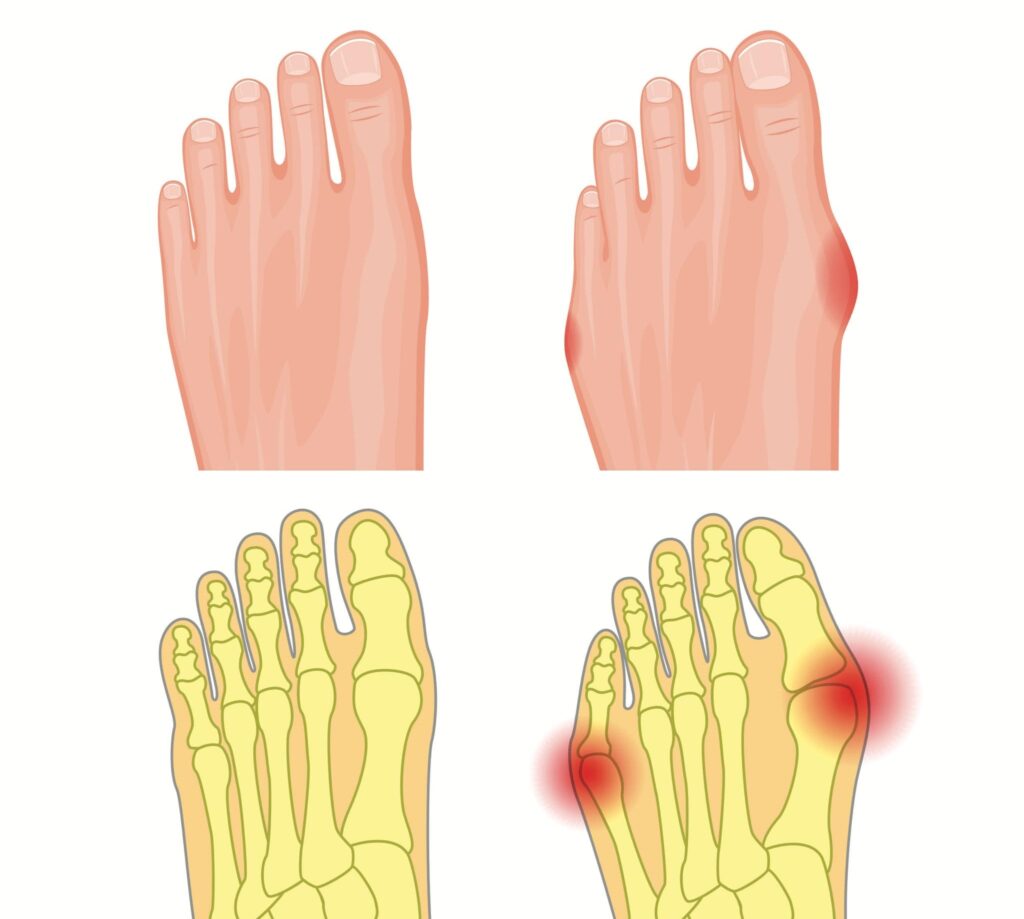Hammer Toe Correction via Arthroplasty

Phalangeal Head Resection (Arthroplasty) for Toe Joint Deformities
Table of Contents
Surgery Overview
Surgeons often use phalangeal head resection to correct hammer, claw, and mallet toes. In this procedure, the surgeon removes part of one of the toe bones, the phalangeal head, so that the toe can lie flat. The affected tendons are cut and then reattached to conform to the new, correct toe position. A wire or tape holds the straightened toe in place until it has healed.
A variation of this surgery, Hammer Toe Correction via Arthroplasty implant arthroplasty, uses an implant made of a man-made material such as silicone to replace the removed bone segment.
Most people typically have this surgery as an outpatient, so you probably will not have to spend a night away from home. But other things, such as your overall health, may make a hospital stay necessary.
What To Expect After Hammer Toe Correction via Arthroplasty Surgery?
The wire or tape used to hold the toe in the correct position usually remains in place for 3 to 6 weeks. Your toes may be taped together for 4 more weeks while they adjust to their new positions. You may be able to walk on the affected foot right after surgery, possibly with a special shoe. How soon you can start wearing your own shoes depends on how quickly you recover. You may need a follow-up X-ray.
Why It Is Done?
If you have severe pain in a toe that interferes with your daily activities, and if nonsurgical treatments such as roomier footwear, exercises, and pain relief medicine have not helped, you and your doctor may choose to try a phalangeal head resection.
How Well Hammer Toe Correction via Arthroplasty Works?
The success of surgery for hammer, claw, and mallet toes has not been widely studied. The specific results and risks vary depending on the type of surgery, your surgeon’s experience, and how severe your deformity is. After surgery, most people have toes that lie flat but do not have normal flexibility.
Risks
- Possible complications of surgery include:
- Infection, bleeding, and pain, which can occur after any surgery.
- Slow healing.
- Long-term (chronic) swelling of the affected toe.
- Numbness in the affected toe.
- Limited range of motion in the affected toe.
- Risks of anesthesia, such as a change in your blood pressure. Your specific risks depend on the type of anesthesia used, your health, and your response to the medicines used.
- Problems with blood flow in the toes, which may result in losing some or all of the toe. How likely this depends on how deformed and rigid your toe is.
What To Think About?
Hammer, claw, and mallet toes may come back after surgery. Loose ligaments in the foot, a foot with a very high arch, or a foot that rolls inward too much when you walk may cause the toe problem to return.
- The affected toe or toes may remain somewhat bent after surgery.
- Although surgery can reduce pain, it may not improve how your foot looks.
- Phalangeal Head Resection (Arthroplasty) for Toe Joint Deformities
Seeking Treatment for Hammer Toe Correction via Arthroplasty
If you’ve been searching for podiatric surgeons for your foot and ankle needs, take time to meet with the Podiatry Group of Georgia. Our doctor has the experience and knowledge you need to help your feet and ankles feel their best. Give us a call today and set up an appointment for your initial consultation. Call us today!
Call Our Marietta, Georgia Office Today at 404-806-3731, or Book your appointment online now!
Proudly Serving Marietta and Atlanta Area!
Citations American Academy of Orthopaedic Surgeons and American Academy of Pediatrics (2010). Toe deformities. In JF Sarwark, ed., Essentials of Musculoskeletal Care, 4th ed., pp. 876-880. Rosemont, IL: American Academy of Orthopaedic Surgeon
